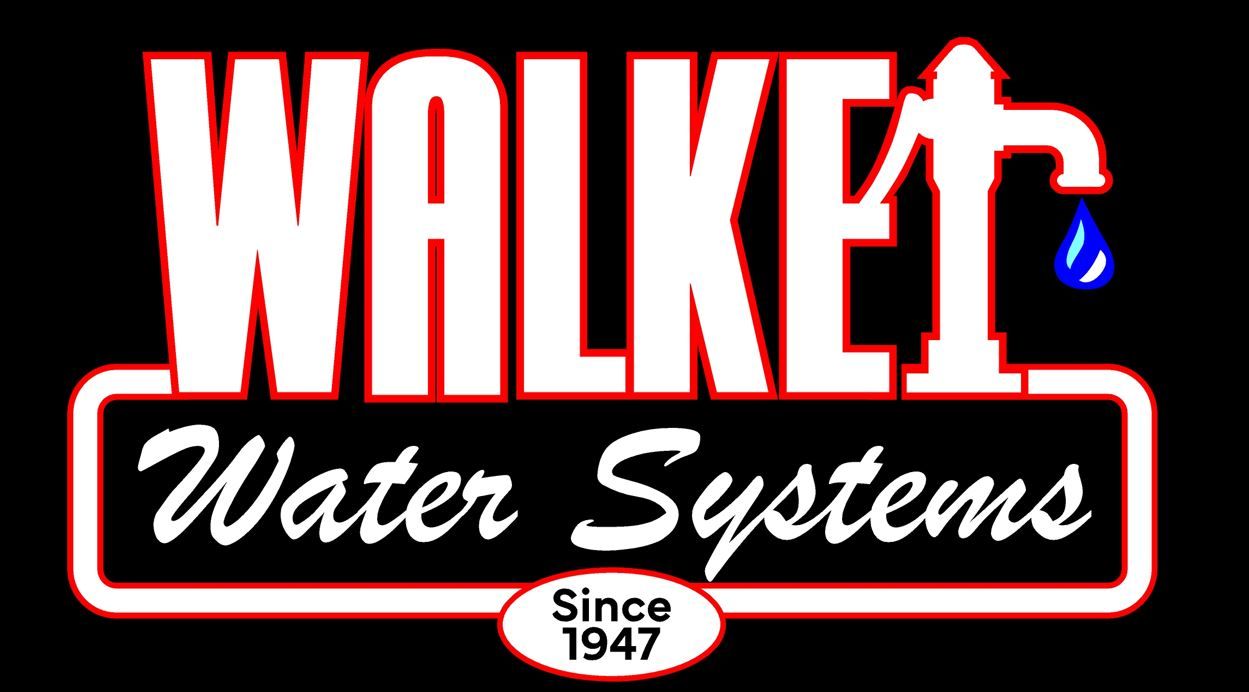Water Quality Testing in Southern Idaho
If you live in the country, you probably get your water from a well. Whether you hire a driller yourself or buy a house with an existing well, the most important thing is having clean water. (The second most important thing is that the well shouldn’t cave in, but we’ve talked about cheap wells elsewhere.)
At Walker Water Systems, we don’t just want to provide a reliable well and water system, we want to make sure your water is clean. We work with the Department of Environmental Quality, the Idaho Department of Water Resources, and a local testing laboratory to make sure your water is clean and safe. We have also drilled monitor wells for environmental firms, so they can test and record the quality of water in a particular area. Often, monitoring wells are used to check nitrate levels, arsenic levels, and other substances that may be present in the water supply.
If you’re concerned about nitrates, bacteria/coliform, or other substances in your water, we can help. We can talk about the groundwater conditions in your area, as well as the kinds of tests you want to run. Unfortunately, we can’t just fill a sample bottle and “test for everything.” The lab must have a separate sample bottle for each test you want to run. And that can get expensive (as in thousands of dollars). But we’ve been working with groundwater in Magic Valley and Wood River Valley for long enough that we’re familiar with common contaminants and can help you pick tests that will give you the most information for your money.
One last note: all water has some stuff dissolved in it. (Except distilled water that you buy at the store.) Usually the materials are completely harmless, like calcium (which causes the hard water spots). For some substances, there are maximum amounts – so anything under a particular threshold is safe for drinking. For example, in Twin Falls County, there is a certain amount of amount of arsenic dissolved in the water. But the amount is below the threshold that causes health concerns, so the water is considered safe to drink.
The problem is not just the type of stuff dissolved in the water, but also the amount. For example, consider the levels of arsenic in Twin Falls water. Scientists have done studies to find out the level at which arsenic causes health problems – which is 10 micrograms per liter of water, or 10 parts per billion (ppb). If your drinking water has less than that, the Division of Environmental Quality considers it safe to drink. More than that can cause health problems. You can find more information about water quality here.
Polluted Wells
Sometimes, substances can seep through the rocks or around the seals of wells and get into the underground aquifer. Normally, the soil and rocks act as a natural filter and remove contaminants. But sometimes, either the soil isn’t enough of a filter or faulty well seals can allow contaminants to enter the groundwater. In Idaho, it’s usually nitrates or bacteria that get into your well and affect your water supply.
Not all wells are at risk for pollution. In fact, it’s pretty rare for a well to become polluted. Our standard practice is to install a thick seal that isolates the well and groundwater from potential contamination. Also, the Idaho Department of Water Resources recently enhanced the standards for wellhead protection to avoid groundwater contamination. But if you’d like some peace of mind, you might want to think about getting your well tested each year for bacteria and nitrates.
One advantage to testing annually is that you know the status of your water. If it’s clean, you get peace of mind; if it’s dirty, you can take steps to get it cleaned up. More importantly, though, if you have several years of clean samples and then all of a sudden, your water comes up polluted, you have a way that you can show damages (if you have a need for such a thing).
If you do find that your well is polluted, we can help. First, we can interpret lab results and tell you not only what’s in your water, but also how that will affect the potability. Second, we can talk about how to resolve the issue. If it’s a bacteria problem, such as Coliform, we can disinfect the well and retest, and if that doesn’t fix it we can install permanent disinfection systems. For nitrates, you’d want to look at a Reverse Osmosis filtration system, or something like it. If it comes down to needing to drill a new well, we could do that too, but we’d want to save that as a last resort. To drill a new well and keep it from getting contaminated, we would need to install a lot of casing and a deep well seal to isolate the good water from the contaminated water.
In a pinch, if your water is polluted, you can use household bleach to disinfect your water. Household bleach – or NaClO (Sodium Hypochlorite) is effective at destroying most of the microorganisms that can get into well water. It won’t destroy cryptosporidium or giardia, so if you suspect those, you’ll want to boil your water. Also, household bleach can lose its potency over time, so make sure it’s fresh.
Liquid chlorine disinfectant is usually NaClO. Bleach comes in at about 3 – 8%, while the commercial disinfectant can be as strong as 12.5%. You can also get tablets, which are CaClO – Calcium Hypochlorite, which is a lot stronger, and also more hazardous. As usual, if you have any questions, please give us a call.
Types of Water Quality Tests
Geologists estimate the amount of water in the Snake River Aquifer to be in the billions of gallons. But if you’ve been reading the news lately, you might’ve seen some controversy over “water rights,” “water calls,” and maybe even some people’s wells going dry.
